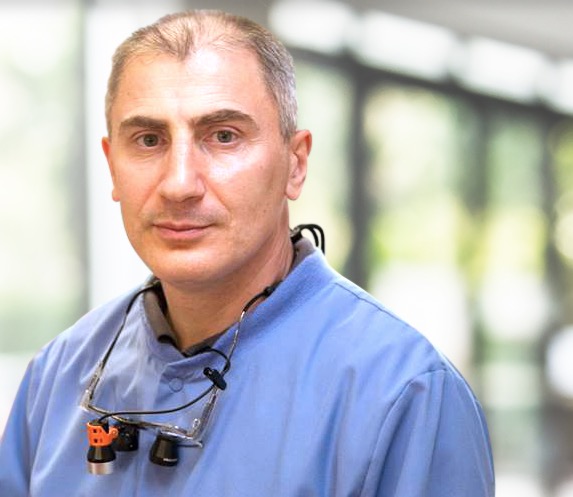Laser Assisted Periodontal Therapy (LAPT)
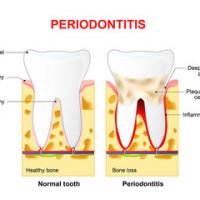
Periodontal disease is often painless, and you may not be aware that you have a problem until your gums and the supporting bone are seriously damaged. The good news is that periodontal diseases often can be treated in the early stages with scaling and root planing.
As the name Laser Assisted Periodontal Therapy (LAPT) implies, the laser is only part of treatment equation. Scaling and root planing (SRP) is the gold standard of care in non-surgical periodontal treatment. SRP is a method of treating periodontal disease when pockets are greater than 3 mm. Scaling is used to remove plaque and tartar beneath the gumline.
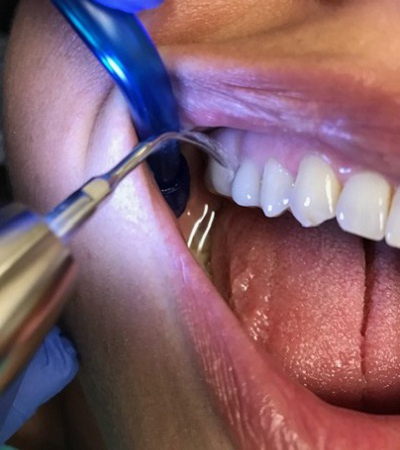
A local anesthetic may be given to reduce any discomfort. The use of ultrasonic devices has dramatically improved the process of scaling and periodontal debridement. Water provides continuous tissue lavage and promotes elimination of dental plaque, less tissue trauma due to no sharp cutting edges, excellent for stain removal that may otherwise be tedious to scale by hand.
Piezo-electric scalers in particular have some distinct advantages over many other conventional ultrasonic units:
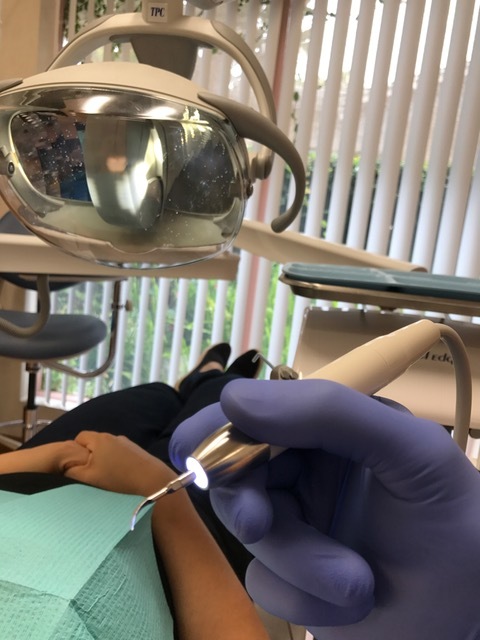
1. Quiet operation
2. Less vibration
3. LED light is available with some units
4. slim periodontal tips have allowed better access to the interproximal, furcation and subgingival areas
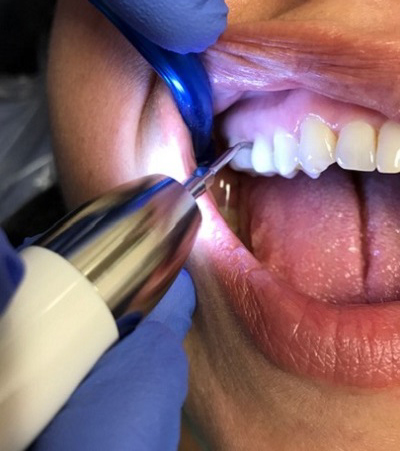
There is very compelling evidence in the dental literature that the addition of diode laser treatment to Scaling and Root Planing will produce significantly improved and longer lasting results.
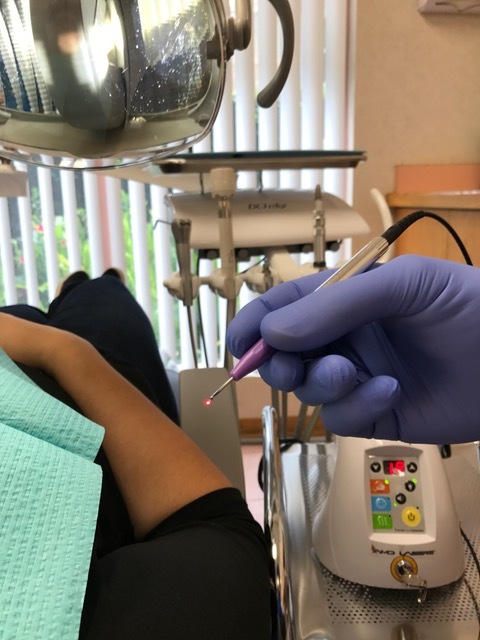
Low level lasers for biostimulation have been used in medicine since the 1980s. The light energy emitted by the laser elicits beneficial cellular and biological responses. This increase in energy is available to normalize cell function and promote tissue healing.
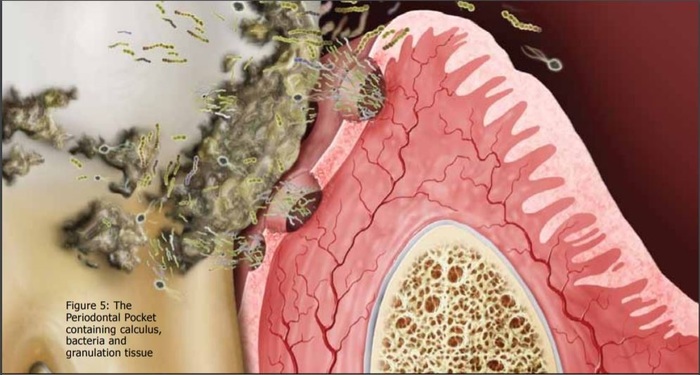
Periodontal disease is a chronic inflammatory disease caused by bacterial infection. The inflammation is the body’s response to destroy, dilute or wall off the injurious agent. Unfortunately, if the situation remains chronic, this protective mechanism of the body to defend itself against injury becomes destructive to the tissues. The periodontal pocket, in periodontal disease, contains several substances that contribute to the continuation of the unhealthy condition
- Calculus and plaque on the tooth surface
- Pathogenic bacteria
- Ulcerated, epithelial lining with granulation tissue and bacterial by-products
What do we need for healing of the pocket?
1. Laser Bacterial Reduction (LBR) acts to reduce the bacterial count within the pocket, which decreases the incidence of bacterial spread through the necrotic sulcus lining during treatment.
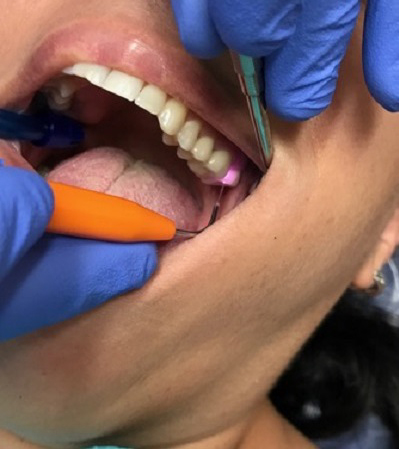
2. SRP: Elimination of calculus, plaque and other debris on the tooth to create a totally clean surface
3. Decontamination: Elimination of all pathogenic bacteria dispersed through the pocket
4. Curettage: Elimination of granulation tissue, bacterial products, and ulcerated areas to create a clean, even epithelial lining without tissue tags
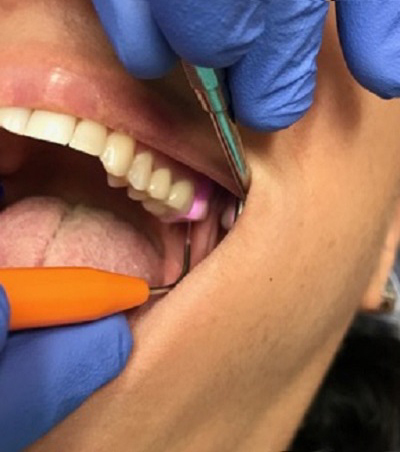
5. Biostimulation: to kick-start the healing process
Since a bacterial infection is the initiator of the chronic inflammatory response of periodontitis, the bactericidal and detoxifying effect of laser treatment is advantageous. The diode laser energy is able to penetrate into the soft tissue to eliminate this pathogen. The diode laser is a specific instrument well suited in dealing with diseased soft tissue. Studies have shown that instrumentation of the soft tissues in the diseased periodontal pocket with the diode laser leads to complete epithelial removal while conventional instrumentation with curettes leaves significant epithelial remnants. Thus, in fact, the diode laser does have a clinical advantage over the mechanical instrumentation.
References: Carranza’s Clinical Periodontology. Michael G. Newman. Henry Takei, Fermin A. Carranza. Diode Lasers for Periodontal Treatment. George Freedman, Fay Goldstep. Improving Periodontal Treatment Utilizing Diode Laser. Gregori M. Kurtzman.
